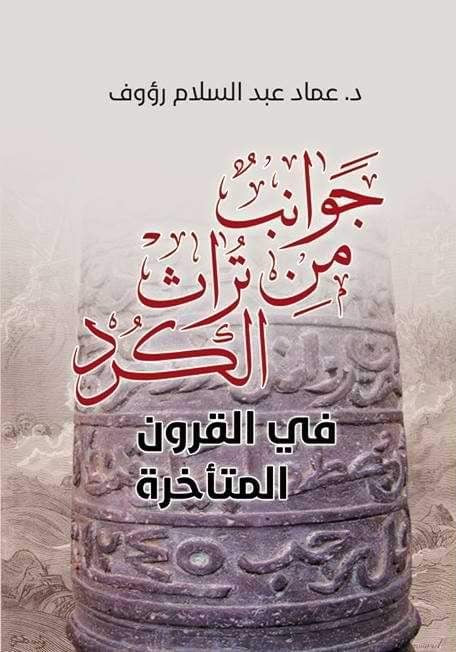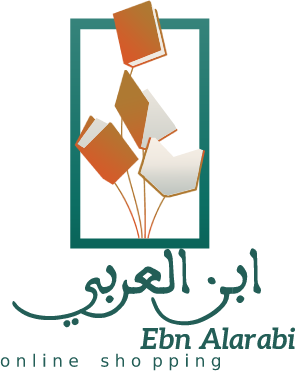1
/
of
1
Aspects of the Kurdish heritage in the late centuries
Aspects of the Kurdish heritage in the late centuries
Regular price
€14,49 EUR
Regular price
€15,99 EUR
Sale price
€14,49 EUR
Unit price
/
per
Tax included.
Shipping calculated at checkout.
Couldn't load pickup availability
This book includes aspects of the heritage of the Kurds in the ages extending from the fifteenth century until the beginning of the twentieth century. As for the second study, it is concerned with the Kurdish landmarks in Ottoman Cairo, such as mosques, schools, hospices, and others. While the third study deals with the role of the Kurdish gallery in Al-Azhar, and their manuscripts in the Al-Azhar library.
The fourth, fifth, and sixth studies deal with manuscripts written by Kurdish scholars, and settled in bookcases in Egypt and in the country of the Two Holy Mosques. The seventh study deals with the history of the first printing press that bore the name of Kurdistan, in Cairo. This pioneering printing press printed a large number of books and found a wide spread in the early Twentieth century. The eighth study reveals important texts written originally in Chaldean, by eyewitnesses, that would add significant information about the history of Kurdistan, including details of the conflicts between the sons of the royal house in Bahdinan, and the campaigns of Emir Soran Muhammad Pasha Mercur, and so on. As for the ninth study, it deals with the presentation and analysis of the description of the city of Aqrah as mentioned in a unique journey undertaken in the twelfth century AH by a Kurdish traveler, Taha Al-Balisani. And the city has come to attach it to its important and unique door. The tenth study deals with the industrial renaissance that took place in the Emirate of Soran during the reign of its emir, Muhammad Pasha, and is represented by the establishment of the necessary factories for the production of heavy cannons in his capital, Rawanduz. The last study in this book deals with the last chapter of the Japanese land holdings in Baghdad and its environs, a complex issue that ended with the confiscation of those properties in favor of the royal family, where the royal palaces Al-Rehab, Al-Zuhur and Al-Harithiya were built on them.
View full details
The fourth, fifth, and sixth studies deal with manuscripts written by Kurdish scholars, and settled in bookcases in Egypt and in the country of the Two Holy Mosques. The seventh study deals with the history of the first printing press that bore the name of Kurdistan, in Cairo. This pioneering printing press printed a large number of books and found a wide spread in the early Twentieth century. The eighth study reveals important texts written originally in Chaldean, by eyewitnesses, that would add significant information about the history of Kurdistan, including details of the conflicts between the sons of the royal house in Bahdinan, and the campaigns of Emir Soran Muhammad Pasha Mercur, and so on. As for the ninth study, it deals with the presentation and analysis of the description of the city of Aqrah as mentioned in a unique journey undertaken in the twelfth century AH by a Kurdish traveler, Taha Al-Balisani. And the city has come to attach it to its important and unique door. The tenth study deals with the industrial renaissance that took place in the Emirate of Soran during the reign of its emir, Muhammad Pasha, and is represented by the establishment of the necessary factories for the production of heavy cannons in his capital, Rawanduz. The last study in this book deals with the last chapter of the Japanese land holdings in Baghdad and its environs, a complex issue that ended with the confiscation of those properties in favor of the royal family, where the royal palaces Al-Rehab, Al-Zuhur and Al-Harithiya were built on them.
Information about the book:
Number of pages: 276 pages
Size: 17 * 24 cm
Weight: 430 gr
Book Cover: Plain Cardboard
Publishing house: Dar Al-Zaman for printing and publishing
Search keywords
The Kurds of the Kurds
Search words: Kurd - centuries - late - late - late


